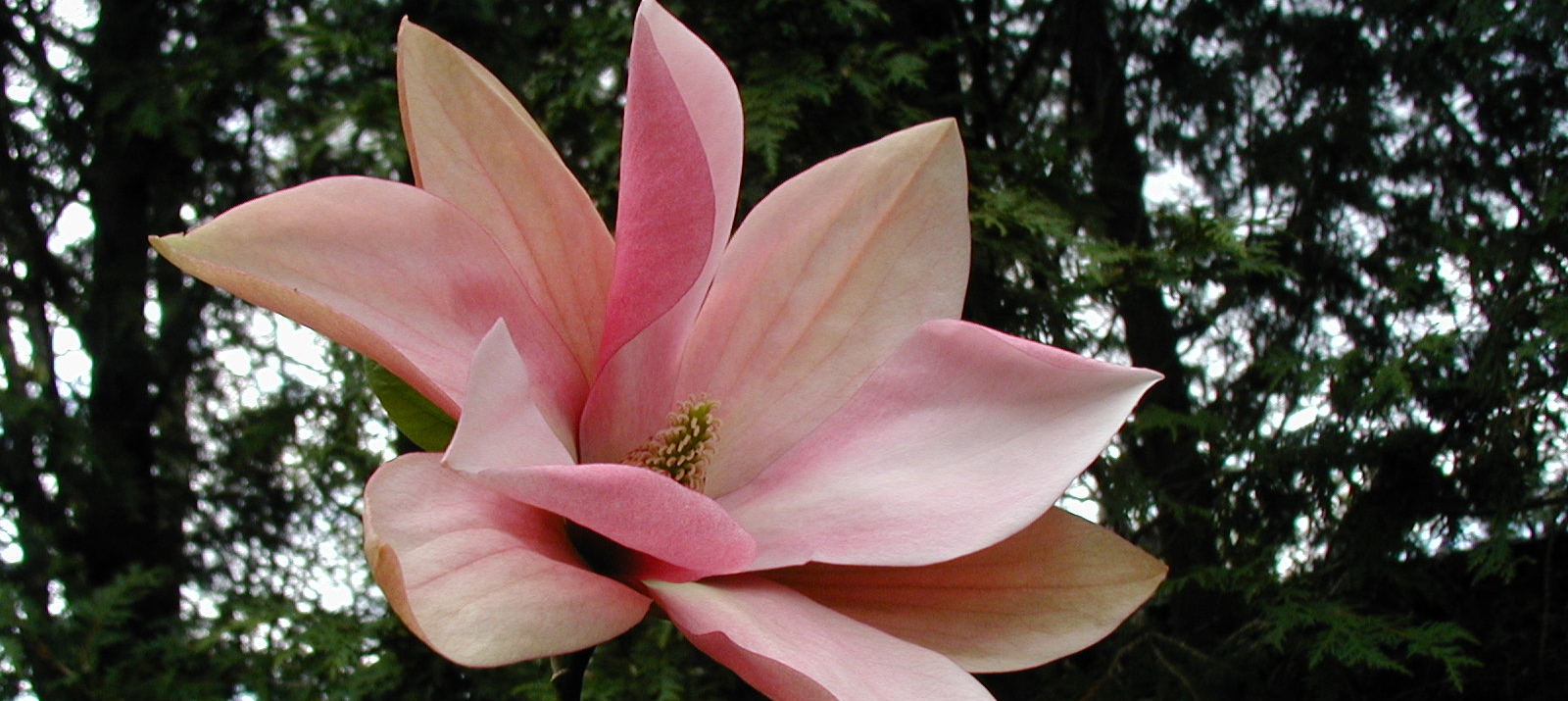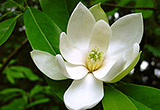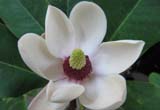How to Name and Register Magnolia Cultivars

Magnolia 'Sunset Swirl'
The Magnolia Society International serves as the International Cultivar Registration Authority for the Magnolia plant group and strives to be the leading source for information on all magnolia cultivars. Please note that the society is also the registration authority for the genus Liriodendron, another genus within the Magnoliaceae, the magnolia family.
With so many cultivars available in the nursery trade today, cultivar registration is essential to help eliminate confusion, mislabeling, and duplicate names. The cultivar registration process provides a documented permanent record of the origin and characteristics of the cultivar, which also helps us keep track of new cultivar developments over time. It brings stability to a name by publishing in a professional journal with international distribution.
How to Register a Cultivar
The registration process is simple. Use our PDF registration form to send us information regarding the cultivar's parentage, selection, propagation, introduction, and distinguishing characteristics, and we will verify that the proposed cultivar name is unique and not already registered under a different name.
Because we are often unable to check out the cultivar first-hand to see that it is truly different from others and worthy of naming and registration, we rely on breeders and professionals to provide as much detailed information as possible, including high-resolution (300 dpi or greater) photos and/or color slides of the plant in cultivation.
Digital images and traditional photographic slides are strongly encouraged as they provide thorough documentation of the cultivar. Photographs should focus on the unique features of the plant, specifically those features for which the plant is cited as unique or distinguishing. Photographs of the flowers are obviously important, as well as photos of the form or habit of the tree.
Things to Consider Before Registering a Cultivar
Only cultivars which are truly unique from others should be registered. Here are some things to consider before registering your cultivar:
- Has your cultivar been propagated and made available commercially -- or at least propagated and distributed to someone other than yourself? This is to prohibit the naming of what is essentially a single individual plant; that is, a plant that will never be propagated, and which may be lost over time.
- Has your cultivar been VEGETATIVELY propagated (via cuttings, grafting, etc.) rather than by seed? This is essential as seedlings will be variable and may not retain the distinguishing features of the original tree.
- Is your cultivar superior in some way to existing cultivars? Although it is not a requirement, it is strongly recommended that the proposed cultivar be in some way an improvement over other cultivars. Why name a plant that is inferior to one that already exists?
- Is your cultivar relatively easy to propagate? Again while not required, efforts should be made to propagate and distribute the plant for further evaluation and to ascertain its ease of growing for eventual nursery production. Singular plants in cultivation are vulnerable to being permanently lost in cultivation. Plants found in a garden or private plant collection may permanently be lost through change of property ownership or natural disasters. It is in your best interest with plants of exceptional merit to propagate and distribute plants to protect them from permanent loss.
The more information you can provide on the registration form, the better. While not all the information may be readily available, you should strive for the most detailed accounting of your proposed cultivar submission.
Choosing a Cultivar Name
Although this list may seem like a lot of rules to follow, most of them are common sense. The idea is that the plant and the name should be unique so that they cannot be confused with others. According to the International Code of Nomenclature for Cultivated Plants, cultivars should be named according to the following rules:
- The name must be a "fancy" name ('Golden Gem', 'Mossman's Giant', 'Joe McDaniel') in a modern language and not in Latin (‘Alba’ is no longer acceptable, for example).
- The name must consist of no more than three words, preferably only one or two words. A sequence of letters, an abbreviation, or a numeral is counted as a word.
- The name should not include abbreviations; for example 'Saint Mary's' is preferred over 'St. Mary's'.
- The name should not include forms of address, such as Mr., Dr. Miss, Herr, Mademoiselle, etc.
- The name should not consist of excessively long words.
- Names should not contain an initial article unless required by linguistic custom. For example, use 'Warrior', not 'The Warrior'; on the other hand 'El Azteca' due to linguistic custom.
- Names should avoid exaggerating the merits of the cultivar which may become inaccurate through the introduction of future cultivars or other circumstances (example: 'Earliest of All').
- Names should not only consist of some attribute common to a group of related cultivars. For example, 'Pink' should be avoided, but 'Pink Dream,' 'Pink Ice,' etc., are acceptable.
- Names that might be confused with existing names should be avoided. For example, if 'Helen' already exists, avoid using 'Helena' or 'Helen of Troy' for new cultivars.
You may also want to think about the marketability of the name, but be careful not to be misleading. 'Golden Glow' creates a nice image in the mind of the potential buyer; but if there is no golden glow, you should choose another name. Nor do you want to name your plant something that evokes potentially unpleasant images, such as 'Green Swamp.'
Numbers and arbitrary letter combinations are hard for consumers to remember, so avoid 'KP497,' for example. In short, choose the best possible plants to register and give them the best possible names.
What’s Next After Submitting the Registration Form?
Once a cultivar is accepted for registration, a description is written based on the information provided on the registration form, and that description will appear, along with others registered in that year, in an article in the Magnolia: The Journal of the Magnolia Society International. The registrar will put the description in a readable format based on the information provided on the form.
The Journal is published twice a year, and the registration article usually appears once each year. The process sometimes takes longer based on the current volume of cultivars under review, and the other content (articles) scheduled for journal publication. We will need high-resolution photos (300 dpi or greater) to publish with the description.
For more information, please contact Matthew Lobdell, our International Registrar of Magnolia Cultivars.
Register a Cultivar
To submit a cultivar registration:
Questions? Contact Matthew Lobdell, our Magnolia Registrar



